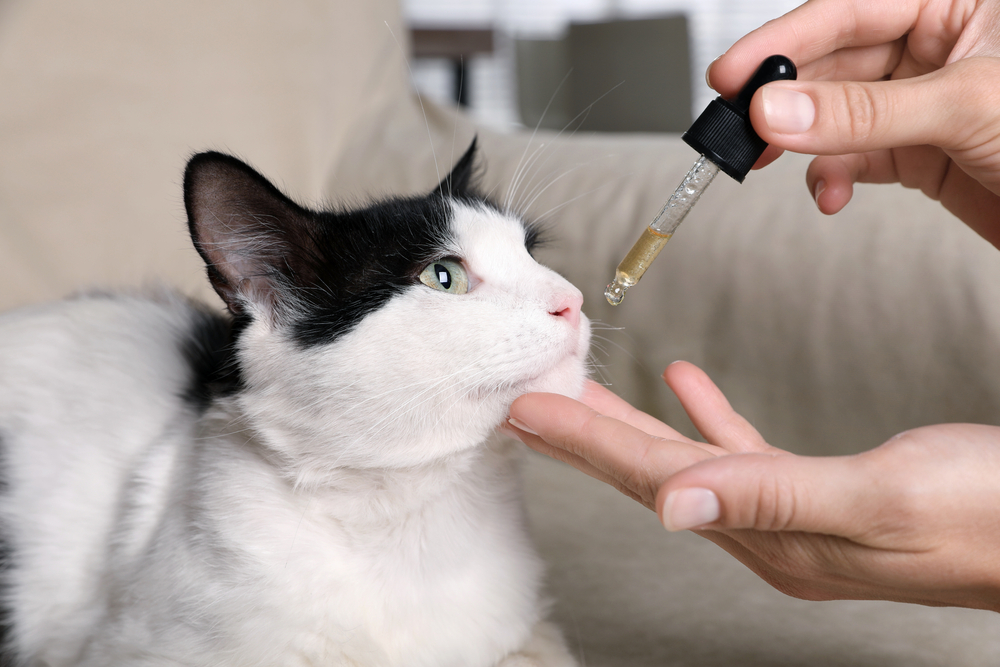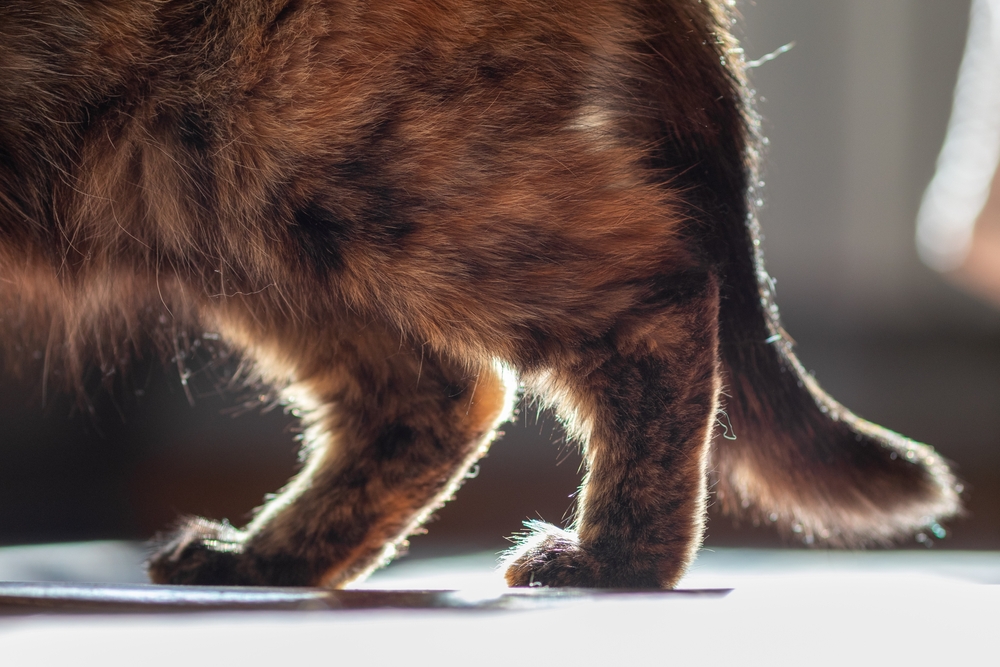Cats are mysterious creatures who are challenging to understand. That characteristic is certainly obvious when trying to identify and diagnose feline arthritis, because cats typically hide pain and impaired mobility signs. To help you learn to recognize your feline friend’s subtle arthritis signs, our Adamson Veterinary Services team separates fact from fiction, teaching you about arthritis development and diagnosis in cats.
Fact or fiction: Arthritis typically only affects older cats
Fiction: Although arthritis is often considered a senior pet disease, the condition can affect much younger pets. In fact, about 60% of cats have arthritis, while 90% of cats display arthritis signs by age 12. Because of veterinary medicine and pet care advancements, cats are capable of maintaining a good quality of life into their late teens and early twenties. Therefore, if your 6-year-old cat is diagnosed as having arthritis early in their lifetime, multimodal management is especially important for continued pain control and joint flexibility.
Fact or fiction: Arthritis causes the same signs in cats as in dogs
Fiction: When you think about canine arthritis, you may envision a limping dog. However, arthritic cats rarely limp or exhibit lameness. Typically, arthritis affects the same joints on both sides of the body, and a cat’s smaller weight and size also allow them to compensate for arthritis pain. Rather than limping, your whiskered pal may exhibit the following arthritis signs:
- Decreased jumping ability (e.g., height and distance)
- Refusal to jump or climb
- Matted, unkempt fur
- Irritability, especially when petted
- Hiding behavior
- Inappropriate elimination
- Appetite loss
- Weight and muscle mass loss
- Decreased overall activity
If your cat develops arthritis, their signs are difficult to detect and will progress slowly. Joint degradation may occur for months before your feline friend exhibits signs, so keep a close eye on their mobility, and behavior or activity changes.
Fact or fiction: Feline arthritis can be challenging to diagnose
Fact: While we love our feline patients, they are not always the most cooperative during physical exams and diagnostic testing. Cats are generally homebodies who become nervous and afraid when away from their home territory, so they tend to hide and discourage interaction in a hospital setting.
However, our Adamson Veterinary Services team will still do our best to examine your cat’s joints for pain, swelling, crepitus, and decreased range-of-motion signs. During your cat’s arthritis exam, we need to assess their gait and mobility, but convincing your feline friend to walk normally around the exam room will likely be a challenge. However, we may still be able to detect abnormalities in their movement.
In addition, we may recommend taking X-rays of the joints that arthritis commonly affects to see if we can identify radiographic changes in the bones and surrounding tissues. Our team also uses X-rays to rule out other decreased mobility and pain causes, although these images may not show arthritis-induced changes.
Fact or fiction: Cats have many options for arthritis management

Fact: Although cats have fewer arthritis pain management options than dogs, they still have several therapies available for our Adamson Veterinary Services team to design a multimodal treatment plan. Depending on your cat’s treatment response and overall comfort level, we may prescribe:
- Nonsteroidal anti-inflammatory drugs (NSAIDs) — NSAIDs are generally the first medication prescribed for cats with arthritis. These medications ease inflammation, thereby improving comfort and mobility. Although NSAIDs often get a bad rap when used long term, low doses can be highly effective and cause minimal side effects.
- Pain-relieving medications — Certain medications, such as opioids and gabapentin, focus on reducing pain signal transmission.
- Disease-modifying drugs — Products, such as Solensia (i.e., frunevetmab) and Adequan (i.e., polysulfated glycosaminoglycan), work specifically to improve joint cartilage health and function, and to block arthritis-induced pain. Our team injects these products at our veterinary hospital, so you don’t have to administer medication to your cat at home.
- Alternative therapies — Cats notoriously spurn oral medications, which can make administering necessary care a challenge. Fortunately, many drug-free, noninvasive therapies are available to soothe joint inflammation and pain, and improve mobility. Acupuncture, laser therapy, physical rehabilitation techniques, and even hydrotherapy can benefit your arthritic cat.
- Dietary changes — Numerous joint-health supplements are available, but some ingredients have proven to be more beneficial than others. In addition to recommending incorporating supplements into your cat’s daily diet, we may suggest switching their food to a prescription diet to help manage their weight and preserve joint health.
Arthritis can take a serious toll on your cat’s quality of life, but with early identification and intervention, your feline friend can live for many more comfortable years. Schedule your cat’s physical exam with our Adamson Veterinary Services team, so we can evaluate your whiskered pal’s joint health.







Leave A Comment